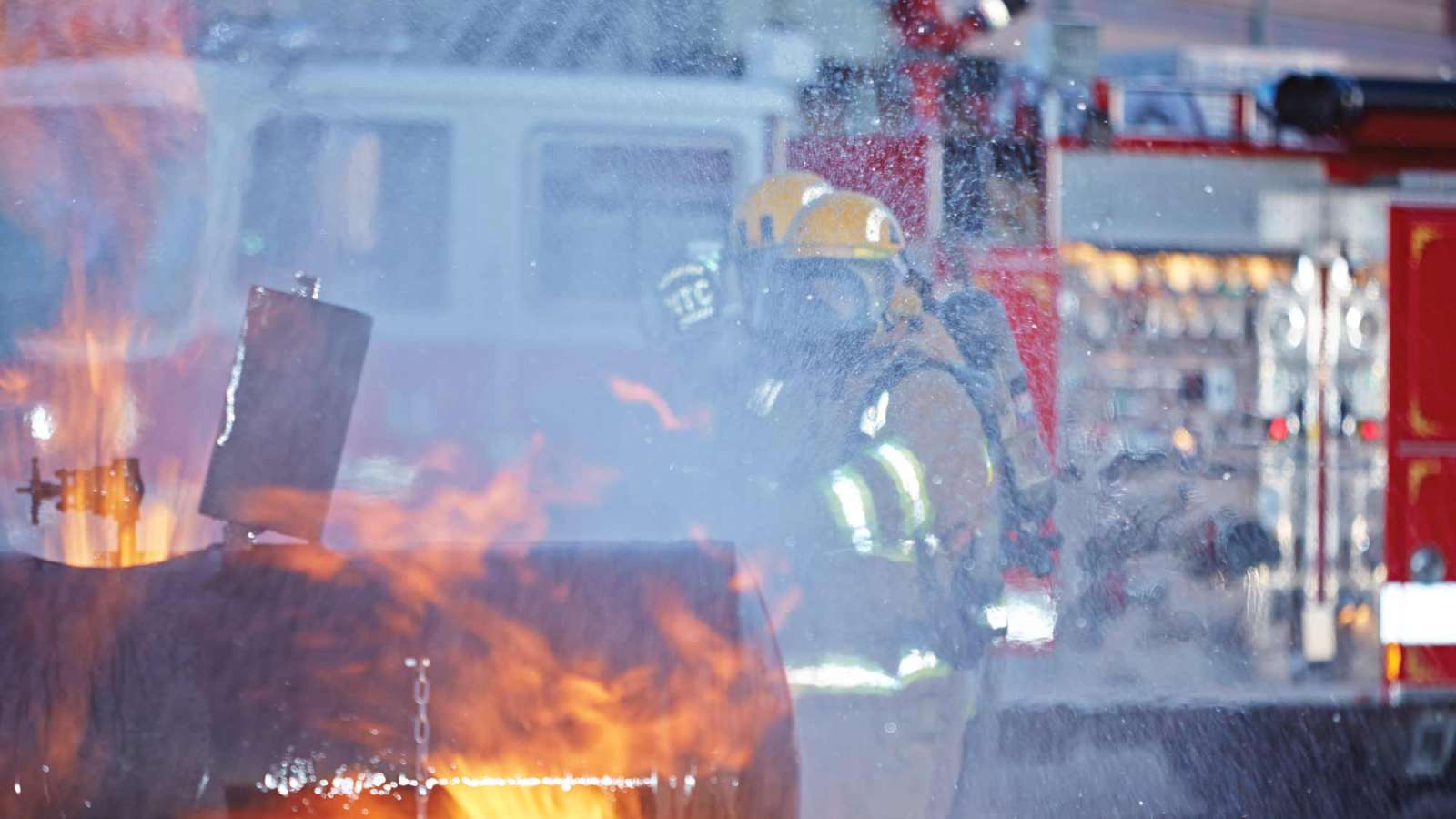The International Association of Fire Fighters and the International Association of Fire Chiefs have jointly created a standardized test that assists fire departments throughout North America recruit candidates who are physically capable of performing essential job tasks.
This test — the Candidate Physical Ability Test (CPAT) — is acknowledged as a reliable indicator of an individual’s ability to function at the fire scene.
The CPAT consists of eight separate events requiring you to progress along a predetermined path from event to event in a continuous manner. The events include: Stair Climb, Hose Drag, Equipment Carry, Ladder Raise and Extension, Forcible Entry, Maze Search, Victim Drag and Ceiling Breach and Pull. This test was developed to allow fire departments to obtain pools of trainable candidates who are physically able to perform essential job tasks on the fire scene. This is a pass/fail test based on a validated maximum total time of 10 minutes and 20 seconds.
During the events, you wear a 50-pound vest to simulate the weight of a self-contained breathing apparatus (SCBA) and firefighter protective clothing, a helmet and gloves. An additional 25 pounds, using two 12.5- pound weights which simulate a high-rise pack (hose bundle), is added to your shoulders for the stair climb event only.
All props are designed to obtain the necessary information regarding your physical ability. The tools and equipment were chosen to provide the highest level of consistency, safety and validity in measuring your physical abilities. The events and distances between events are always the same.
The events are placed in a sequence that best simulates fire scene events while allowing an 85-foot walk between events. To ensure the highest level of safety and to prevent exhaustion, no running is allowed between events. This walk intentionally allows you approximately 20 seconds to recover and regroup before each event.
During the orientation session, we will explain the testing process and how the equipment works. You will have the chance to ask questions and try the testing equipment. The pass rate of those who attend the orientations is higher than for those who do not, so it is highly recommended that you attend at least one of these orientations. The two practice tests are the same and we attempt to run the practice test under actual testing conditions. If the test is run under actual testing conditions and you successfully complete the test this is considered a PASS and you will not need to attend any further testing.
Ready to Register?
Have Questions?
Please contact Bryson Cruise if you have any questions relating to the Candidate Physical Ability Test (CPAT).
